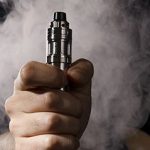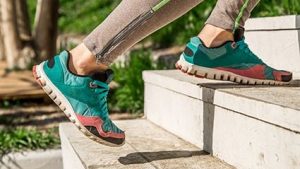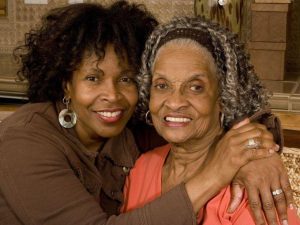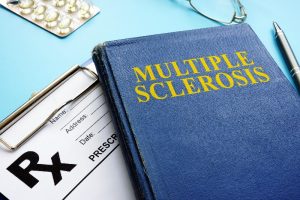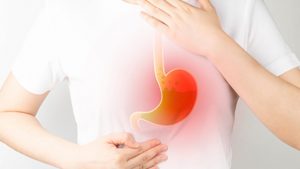
Recent research shows that eggs can be part of a healthful diet. Eggs are highly nutritious because they deliver the essential amino acids your body needs to build and repair muscle and help keep your metabolism humming. Egg yolks in particular contain many nutrients, including vitamin A, B vitamins and hard-to-get vitamin D. Whether white or brown, commercially raised or free-range, eggs have equal nutrition, because the hens all have the same mostly grain diet. However, if you can afford pasture-raised eggs, they are somewhat superior because those hens have a more diverse diet, which increases the eggs’ nutritional value. If you’ve shied away from eggs in the past, health studies have found that having one egg yolk a day doesn’t increase blood serum cholesterol in healthy adults. Of course, do talk to your doctor about limiting yolks if you have high cholesterol or diabetes. Got five minutes for a fast, hot morning meal? Here’s how to make a delicious scrambled egg breakfast. (One way to extend eggs’ goodness is to have one whole egg plus two extra whites per serving. You’ll get both more protein and volume.) Easy Egg Scramble 1 egg plus 2 egg whites Olive oil-based cooking spray 2 tablespoons of your favorite salsa or hot sauce, to taste 1 tablespoon fresh herbs, such as chives, parsley or cilantro To easily separate… read on >
















